Elephant Ear Plants: Complete Care And Growing Guide
The large floppy leaves of elephant ear plants are a great tropical touch in a garden where the soil is rich and water is plentiful.
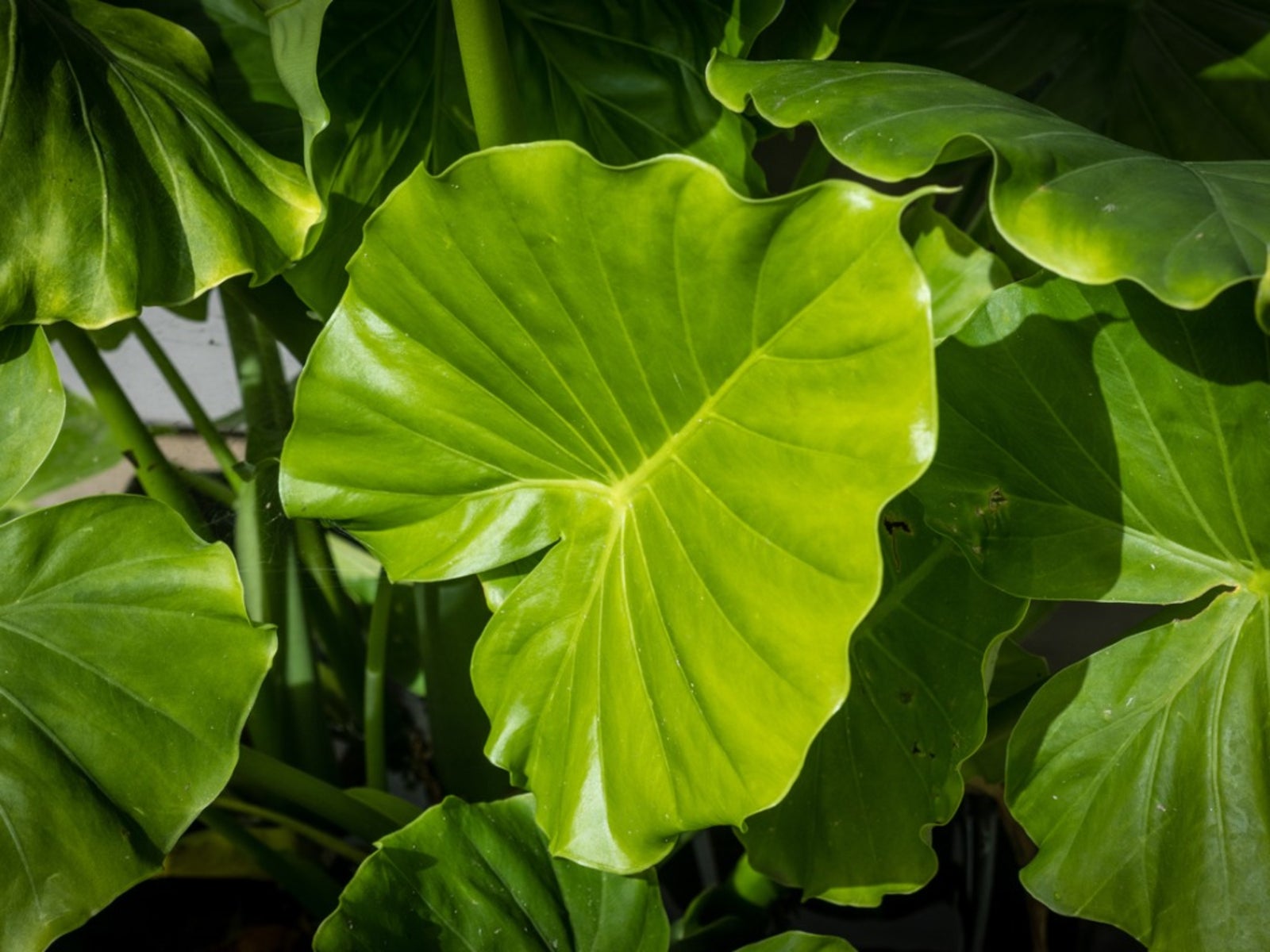
QUICK FACTS:
Botanical name - Colocassia spp., Alocasia spp., Xanthosoma spp.
Height - 3 to 10 feet (0.9 to 3.0 m)
Spread - 3 to 10 feet (0.9 to 3.0 m)
Sun exposure - Full sun to partial shade
Soil requirements - Rich and moist
Hardiness zones - 8 to 12
Gardening tips, videos, info and more delivered right to your inbox!
Sign up for the Gardening Know How newsletter today and receive a free copy of our e-book "How to Grow Delicious Tomatoes".
When to plant - Spring
Elephant Ear Plant Care
Elephant ears are easy to grow year-round outside in warmer climates. In cooler climates, dig up the corms for winter storage and enjoy them again the next year.
Light
Most elephant ears can grow in full sun but prefer some shade. Where the climate is very hot, plant them in an area with afternoon shade.
Water
Elephant ears need a lot of moisture to thrive. Plant them in an area where the soil stays moist or even has standing water throughout the growing season. If you are growing in containers or in drier soils, you will need to water these plants frequently.
Temperature & Humidity
As tropical plants, elephant ears prefer warmth and high humidity. They are only hardy outside through zone 8 in North America. Ideally, temperatures should not dip below 50 degrees Fahrenheit (10 Celsius).
Soil
Elephant ears thrive in moist soils or even a few inches of water. They prefer fertile, loamy soil with plenty of organic material.
Fertilizer
This is a heavy feeder, so provide fertilizer at least once a month during the growing season. Use an all-purpose, balanced fertilizer.
Pruning
Elephant ear plants only need light pruning. They develop new foliage as the growing season progresses. The older leaves will droop and turn brown. Trim these off as needed to keep the plant looking tidy.
Problems, Pests & Diseases
There aren’t a lot of major pests or diseases that bother elephant ear plants, but they can become subject to fungal leaf blight and phyllosticta leaf spot. In certain warm regions this plant can become invasive.
Planting Elephant Ear Bulbs
Technically corms, but often referred to as bulbs, these are fleshy underground portions of the elephant ear stem that store nutrients and water. Elephant ear bulb planting should take place in spring after the last frost. To get an earlier start, plant the corms indoors in containers and move outside as the weather warms.
To plant them, dig a hole two to four times larger than the bulb. Plant the bulb or corm with the top close to the surface of the soil, no more than one or two inches (2.5 to 5.0 cm) deep.
Growing Elephant Ears in Pots
Most elephant ear species are easy to grow in containers. Because soil in pots dry out faster than in beds, container-grown plants need even more frequent watering. Regular fertilizer is also a must for potted elephant ears.
How to Propagate Elephant Ear Plants
Most elephant ears propagate by producing new tubers or corms underground. Pull up the plant in the fall and look for small cormlets to remove and replant. Or, cut off small tubers from the large tuber of the mother plant for repotting.
Some species of elephant ear send off runners to form new plants, called pups. You can remove these pups from the parent plant and repot them.
Types of Elephant Ear Plants
There are three genera of plants with the common name elephant ear:
Colocasia provides most of the species and cultivars grown in North American gardens. The leaves of Colocasia species point downwards as they grow.
Alocasia species have more upright leaves that point up as they grow.
Xanthosoma species are native to the tropical Americas, while the other two are native to Asia.
Once less common in North American gardens, you can now find many species and varieties of elephant ear. They come in a range of sizes and with foliage in various colors, textures, and sizes.
Frequently Asked Questions
Are Elephant Ear Plants Easy to Care For?
Elephant ear care is moderately easy. If the soil where planted isn’t consistently moist, you will need to water it regularly. It will also benefit from regular fertilizer application and light pruning.
Are Elephant Ear Plants Poisonous?
Elephant ears contain oxalate crystals, which are irritating to the skin. Once cooked, the plant is edible. The tuber of the elephant ear is used in many cuisines where they are native. Taro root in Hawaii comes from an elephant ear.
The most likely reason for drooping elephant ear foliage is lack of moisture. The soil should never fully dry out. Check the soil and keep it well watered.
Are Elephant Ear Plants Poisonous?Why Is My Elephant Ear Plant Drooping?
The most likely reason for drooping elephant ear foliage is lack of moisture. The soil should never fully dry out. Check the soil and keep it well watered.

Nikki Tilley has been gardening for nearly three decades. The former Senior Editor and Archivist of Gardening Know How, Nikki has also authored six gardening books.
-
 Looking For Plants To Give You The Soft And Fuzzies? Try These 5 Fuzzy Leaf Plant Options
Looking For Plants To Give You The Soft And Fuzzies? Try These 5 Fuzzy Leaf Plant OptionsLovers of texture, drama, silver foliage and tactile plants will adore these special sensory garden additions. These fuzzy leaf plant options will leave you all aglow
By Susan Albert
-
 Get Ready For A Summer Of Hummers! Grow These Full Sun Hummingbird Plants and Flowers
Get Ready For A Summer Of Hummers! Grow These Full Sun Hummingbird Plants and FlowersIf you’re lucky enough to enjoy a sunny backyard, make sure you are maxing out on your pollinator opportunities and grow these full sun hummingbird plants and flowers
By Tonya Barnett
-
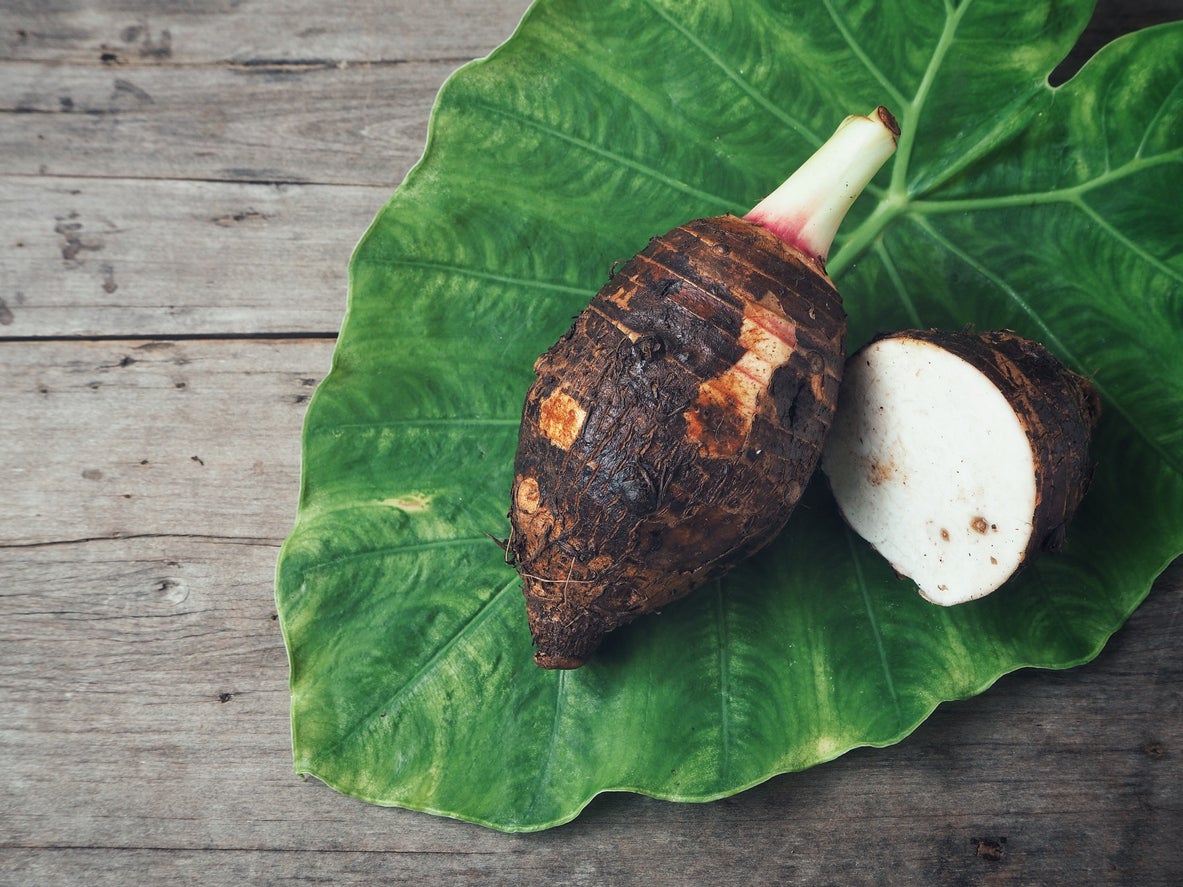 Can You Grow Taro In A Pot – Container Grown Taro Care Guide
Can You Grow Taro In A Pot – Container Grown Taro Care GuideTaro is a water plant, but you don’t need a pond or wetlands in your backyard to grow it. You can successfully grow taro in containers if you do it right. Click here and learn how to grow this plant in containers so you can enjoy the pretty tropical wherever you are.
By Mary Ellen Ellis
-
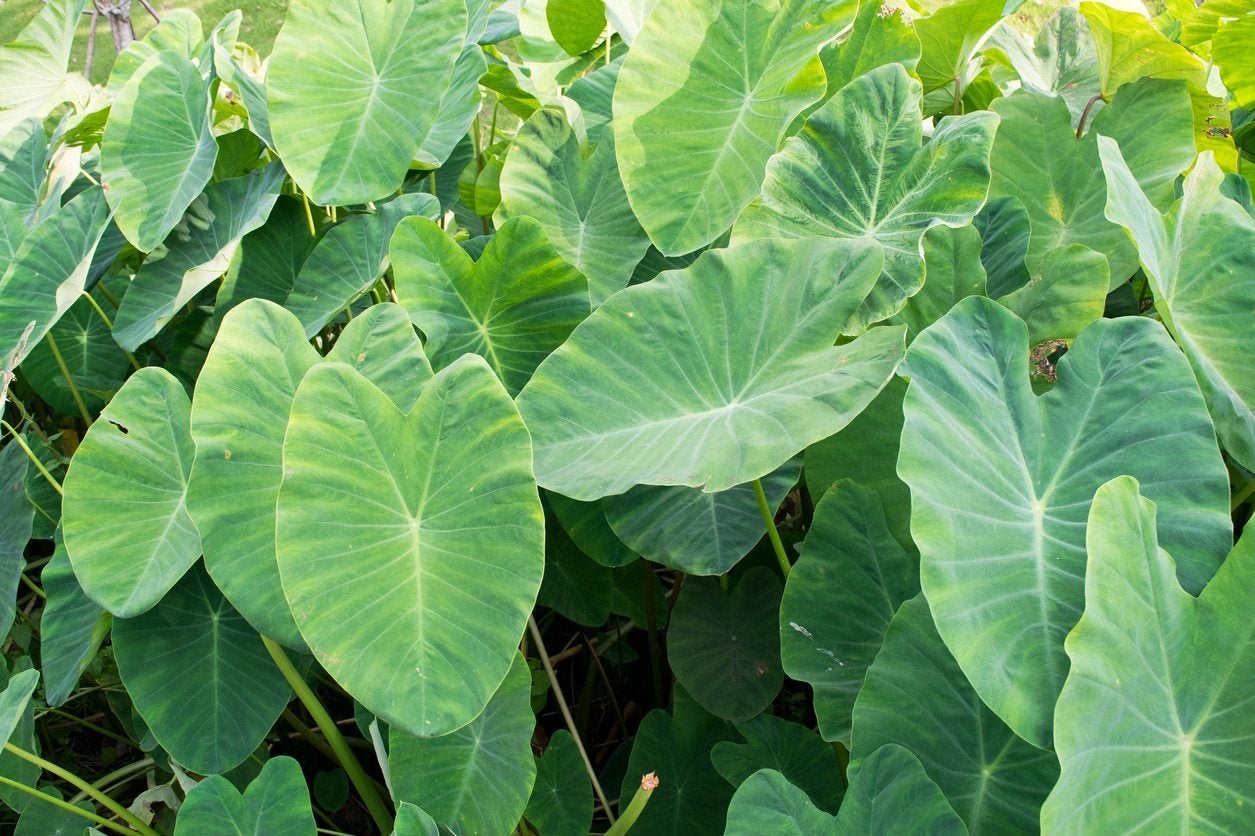 Elephant Ear Plant Disease In Gardens: How To Treat Sick Elephant Ears
Elephant Ear Plant Disease In Gardens: How To Treat Sick Elephant EarsElephant ears are often grown for their huge, robust foliage. The leaves are prone to several diseases which mar this ornamental appeal. There are also diseases that can cause crown and root rot. If your plant has disease symptoms, this article can help.
By Bonnie L. Grant
-
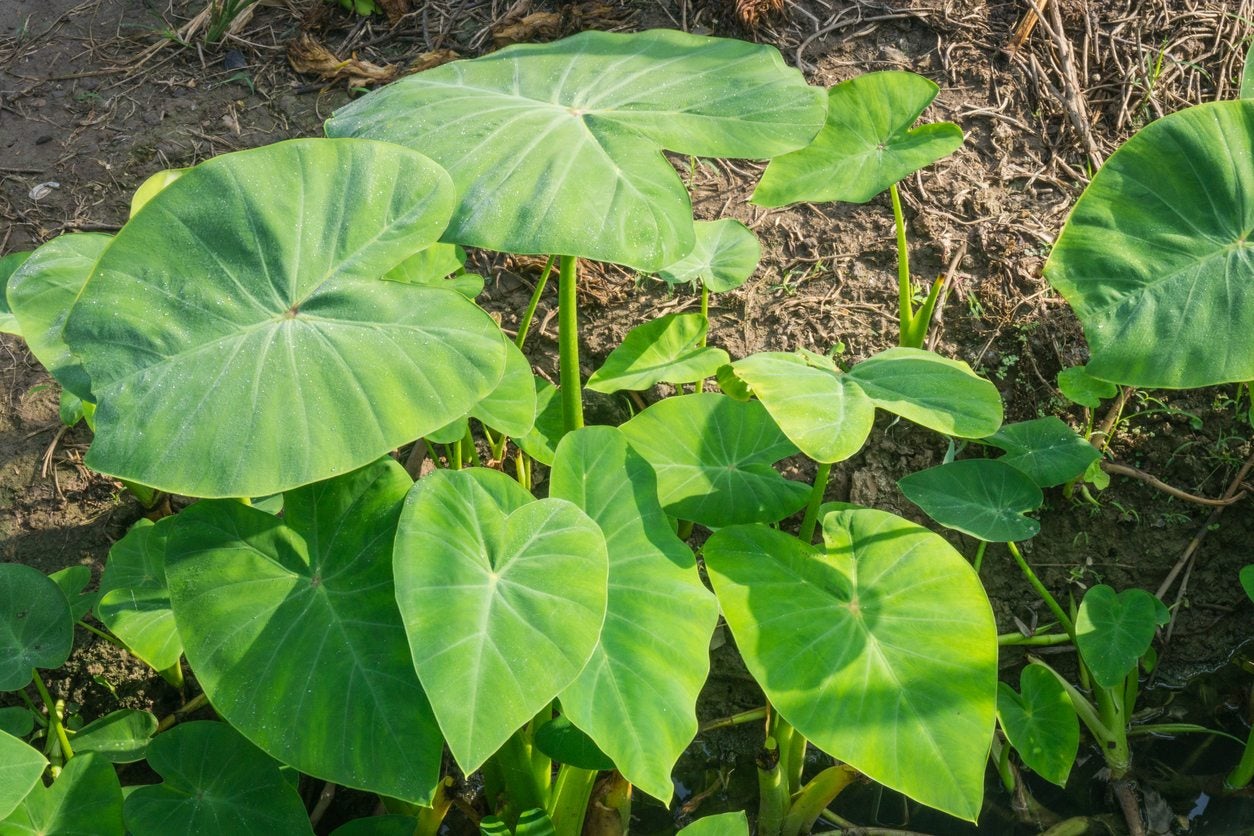 Elephant Ear Control – Ridding The Garden Of Unwanted Elephant Ear Plants
Elephant Ear Control – Ridding The Garden Of Unwanted Elephant Ear PlantsElephant ear plants are most often grown in cooler climates as an annual where they do not become a problem. However, in hot, humid, tropical locations, one little elephant ear plant can all too quickly become a mass of them. How do you get rid of elephant ears? Find out here.
By Darcy Larum
-
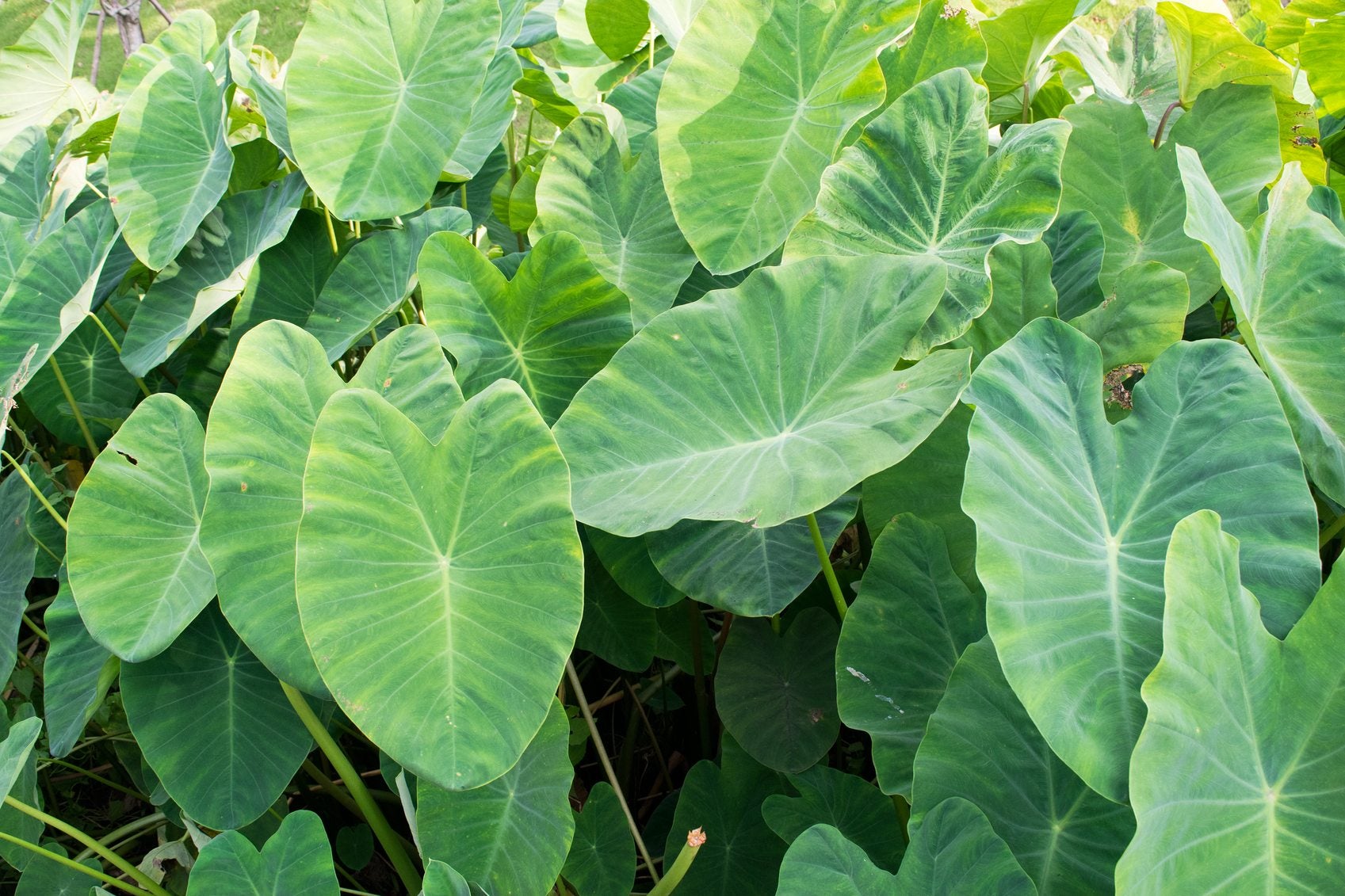 Dividing Elephant Ears: How And When To Divide Elephant Ears
Dividing Elephant Ears: How And When To Divide Elephant EarsElephant ear division is useful to prevent overcrowding, produce more plants in a different location, and enhance plant health. It is important to know when to divide elephant ears to avoid plant injury or poor performance. This article will help.
By Bonnie L. Grant
-
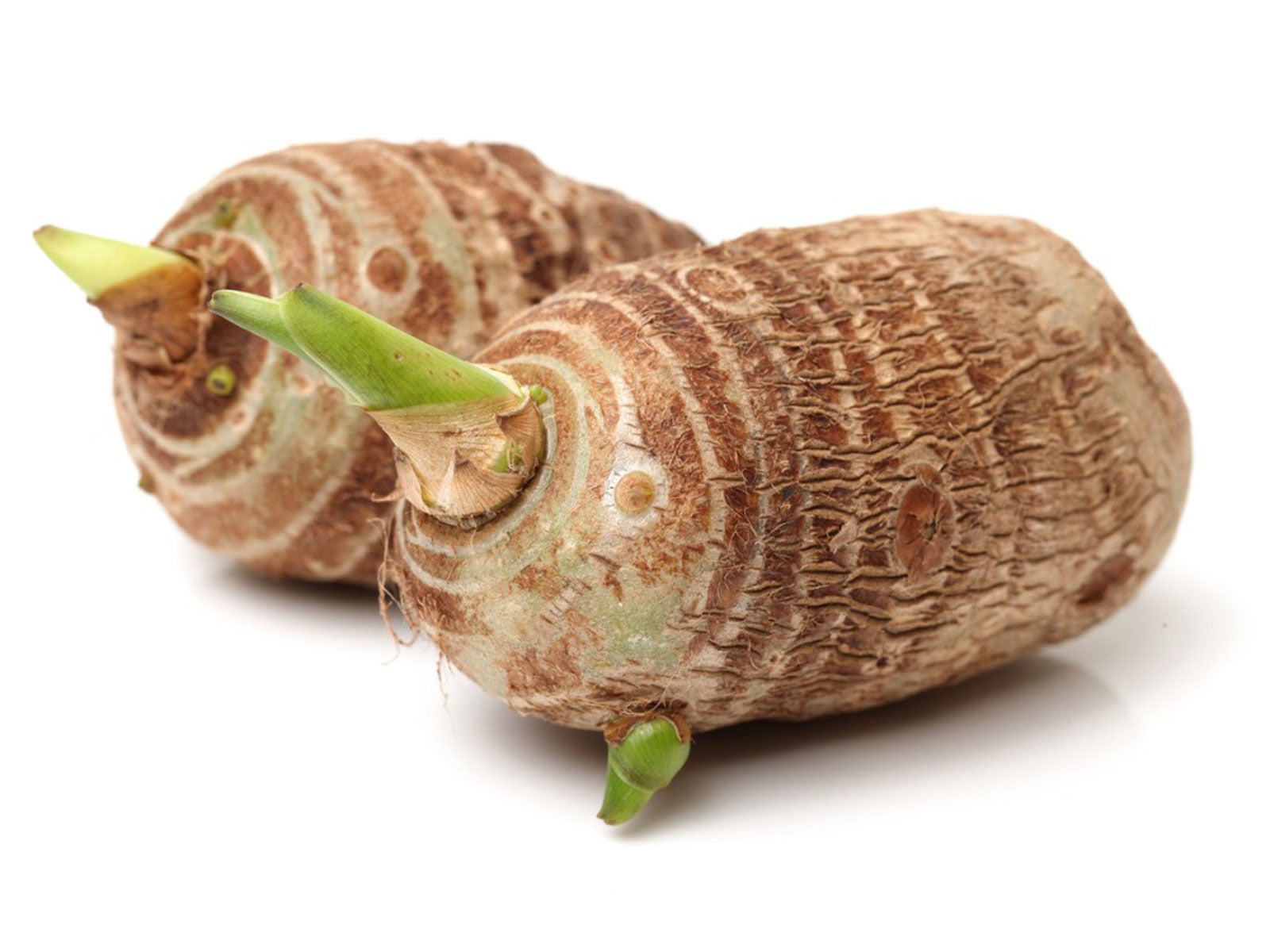 Growing Taro For Food: How To Grow And Harvest Taro Root
Growing Taro For Food: How To Grow And Harvest Taro RootAnother healthier option to the standard potato chip would be growing and harvesting your own taro roots and then turning them into chips. Want to find out how to grow and harvest taro in your own garden? This article will help get you started.
By Amy Grant
-
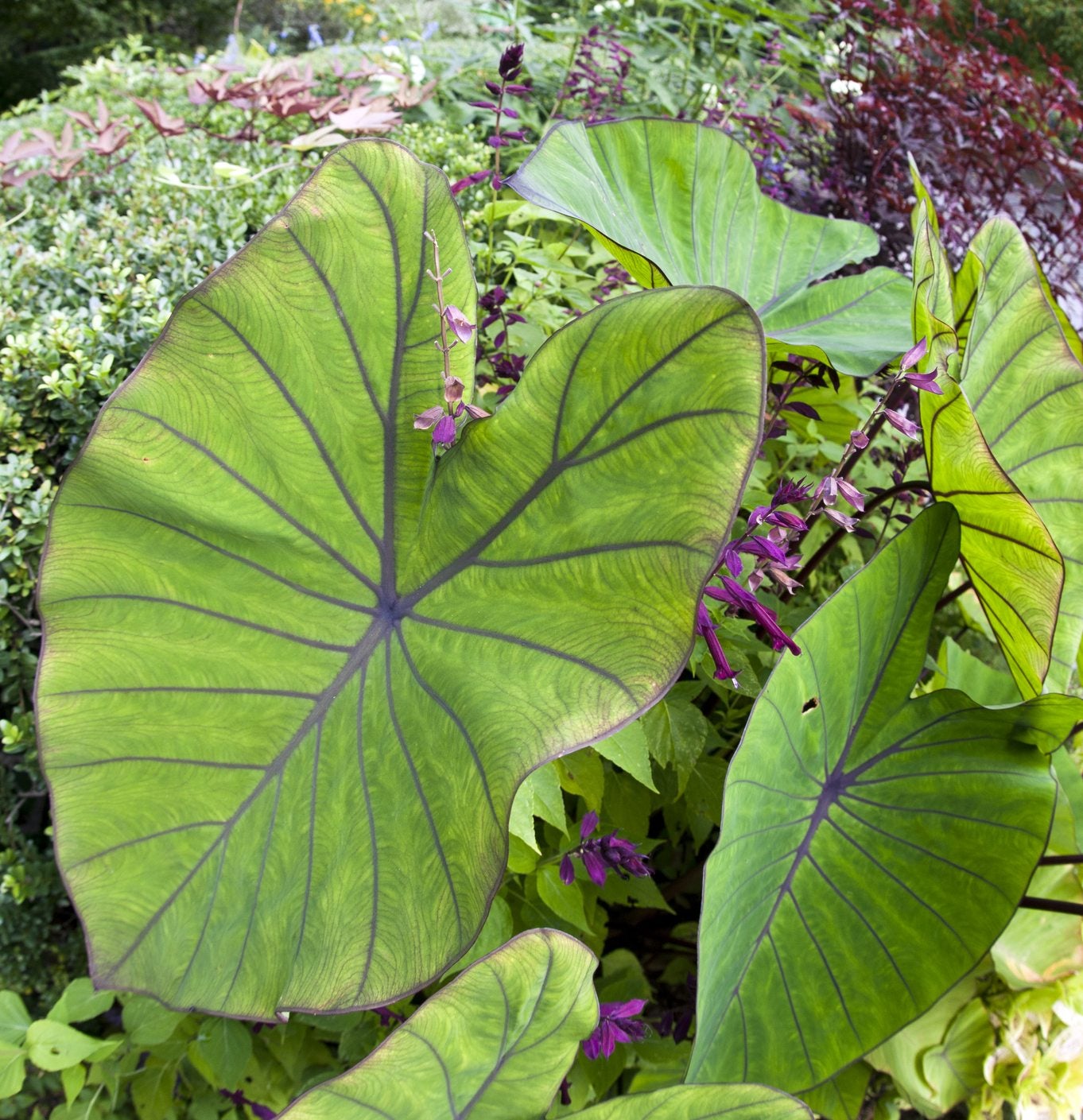 Elephant Ear Plant Types: Learn About Common Elephant Ear Plants
Elephant Ear Plant Types: Learn About Common Elephant Ear PlantsElephant ears are one of those plants whose foliage receives double takes and oohs and aahs. There are different elephant ear plants in four genera available for growing in your landscape. Learn more about them in this article.
By Bonnie L. Grant
-
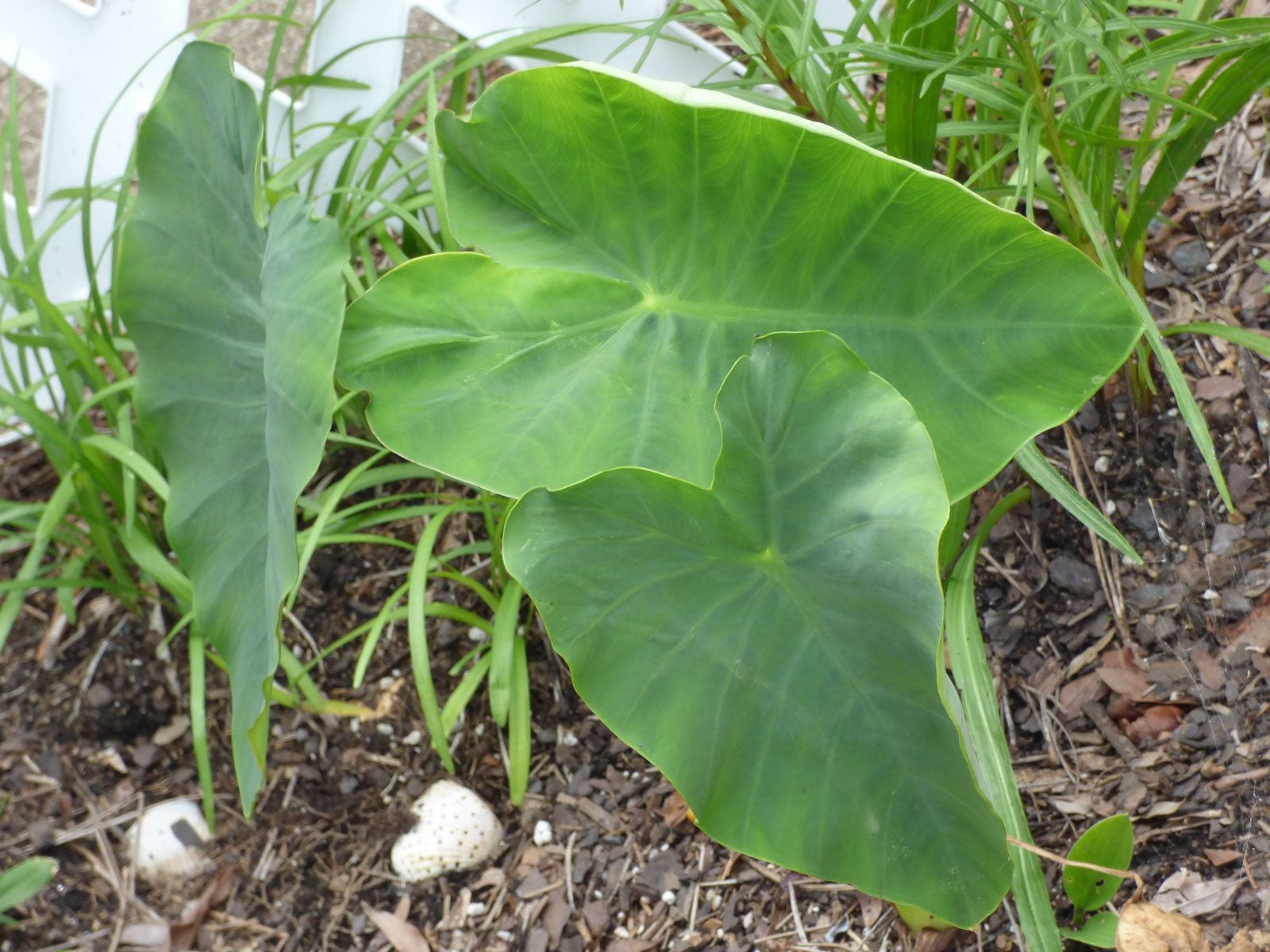 Elephant Ear Problems: What To Do With Elephant Ears Taking Over Garden
Elephant Ear Problems: What To Do With Elephant Ears Taking Over GardenDo elephant ears affect nearby plants? There are no allelopathic properties in the corms, but this can be an invasive plant and the excessive size may pose problems for species that live under the giant foliage. Learn more in this article.
By Bonnie L. Grant
-
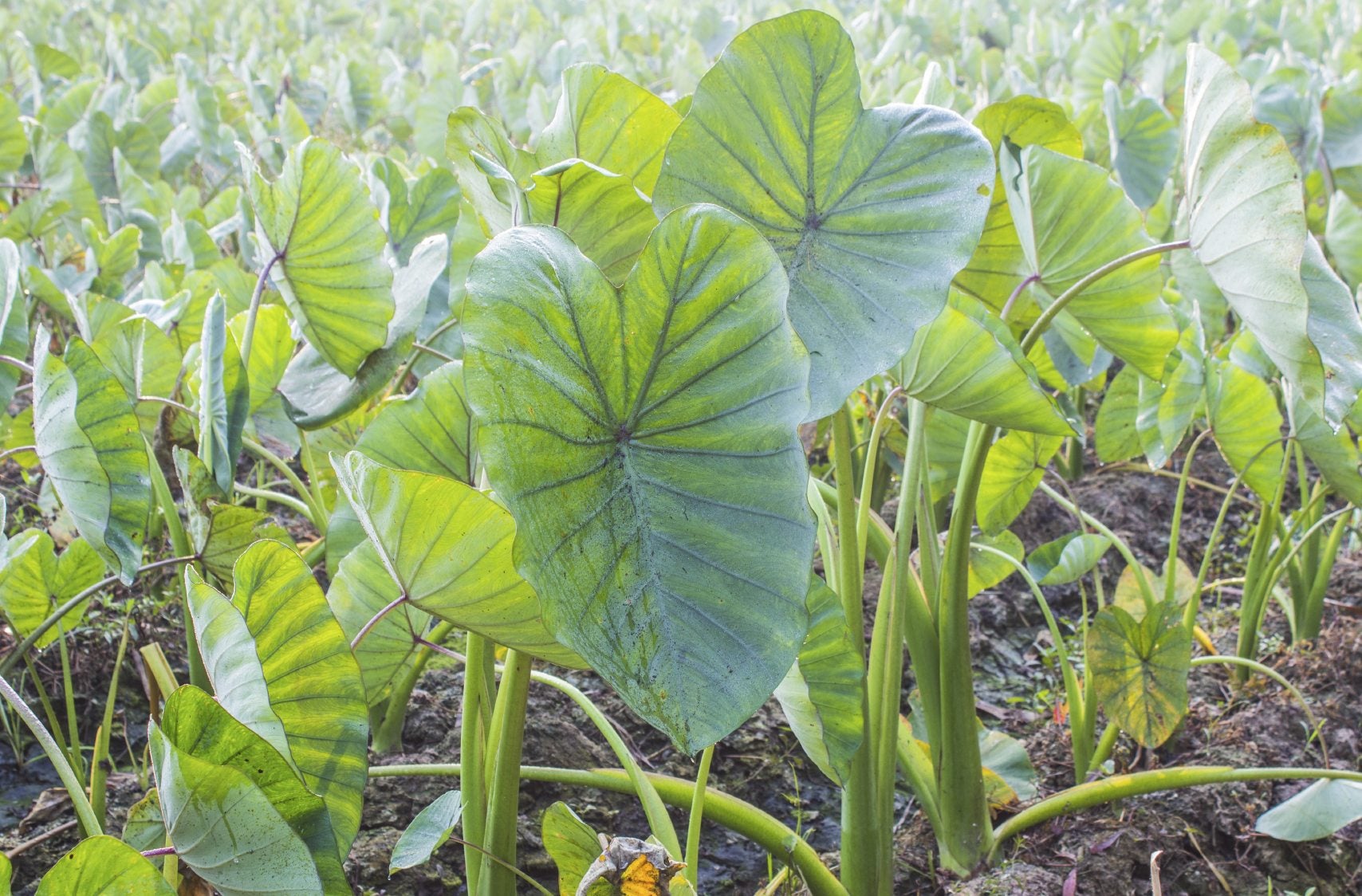 Uses Of Dasheen Plants: Learn About Growing Dasheen Taro Plants
Uses Of Dasheen Plants: Learn About Growing Dasheen Taro PlantsYou probably have already heard of dasheen, just with a different name: taro. Check out this article for interesting dasheen plant info including what is dasheen good for and how to grow dasheen. Click here for more.
By Amy Grant
